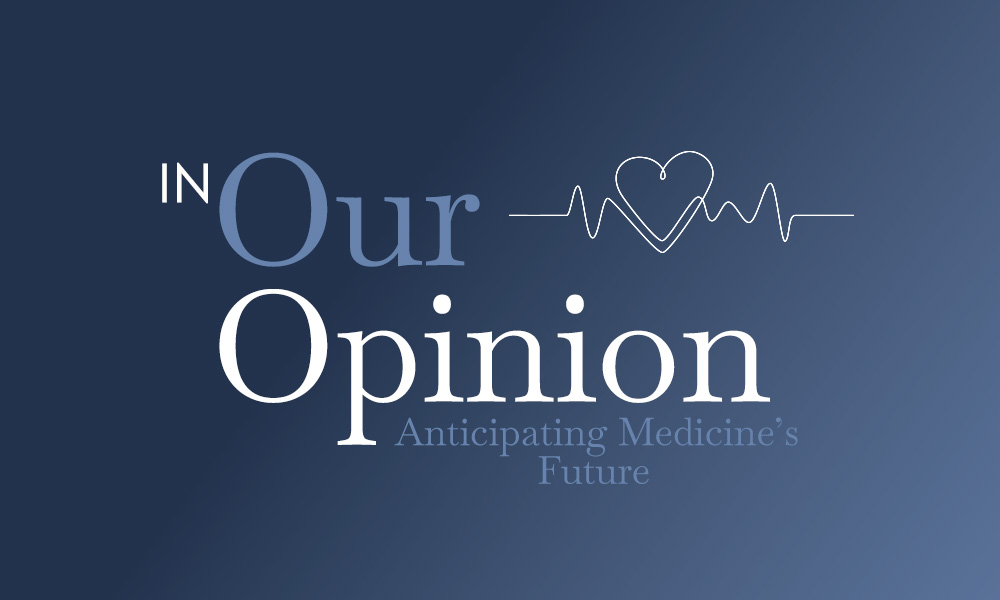Thinkers from the Buddha to David Suzuki have made the point that the future does not exist. We only exist in the present and are shaped by our memories of the past. Beyond philosophical musing, this does have bearing on the very idea of futurism in medicine and healthcare. We shape the future by our actions in the present, whether that means something spiritual or medical depends of course on the frame of reference. In the medical frame, it could mean something as obvious as the fact that future breakthroughs in medicine rely on present research. It could also mean that the very horizons of possibility in medicine and healthcare are shaped by the desire to look ahead and imagine new possibilities.
Imagining Next Year’s Care
It is inaccurate to say that covid hit without warning. Plenty of public health and epidemiology researchers were warning of a coming pandemic. What we did not appreciate at the time was the level of disruption it would bring. It had, after all, been a century since the influenza pandemic of 1918. Imagining the future of medical care is frequently an optimistic exercise that attempts to posit what will happen if current trends continue uninterrupted.
Medical futurists like Bertalan Meskó are well practiced in extrapolating future possibility from present reality. One of the most intriguing possibilities for the near future is the role of AI in medical practice. Microsoft’s work with Nuance shows the basic floor of possibility in this area: AI enabled recordkeeping and medical dictation. Meskó, however, points out that IBM has already deployed Watson as an AI tool in oncology diagnosis. He also notes the barriers to adoption that exist, including patient unease with AI in a medical setting. It is worth noting, however, that we already use AI enabled systems throughout our homes and while driving. Any “virtual assistant” is an AI program: Siri, Cortana, Alexa, OK Google, and more are already part of many of our lives. Optimization algorithms already direct us around traffic blocks while using Google Maps or Waze.
In the Near Future
Technology does not improve at a set rate; it accelerates. When “Star Trek: The Next Generation” debuted in 1987, the concept of a portable touch-screen computer—known as a PADD on the show—was indeed the stuff of science fiction. Tablet computers are now ubiquitous. Four standard filing cabinets can hold the paper-based equivalent of nearly 1.5GB of data; an average smartphone today holds over 100 times that amount.
Drawing on the data available from the past and present, we can see a future in which AI enabled diagnosis has become the norm. House calls have returned in the form of telemedicine already, but in the future perhaps your watch or phone or even your bathroom scale will be able to transmit data directly to your provider. We have seen the efficacy of mRNA vaccines in combating the current pandemic, and research into their use in treating cancer is well underway.
Looking Around the Corner
Today’s healthcare executive must be at least an armchair futurist, trying to look around the corner to see what’s next. We’ve already seen that taking a “wait-and-see” approach to digital transformation in healthcare has proven to be a disadvantage. Fortunately, the great majority of healthcare executives are aware of the pace of progress in medicine. We will continue to see increased efficiencies both in patient-facing roles and in behind-the-scenes roles such as billing, payments, and recordkeeping. The challenge is to find a balance between the ambition of the future and the needs of the present.

